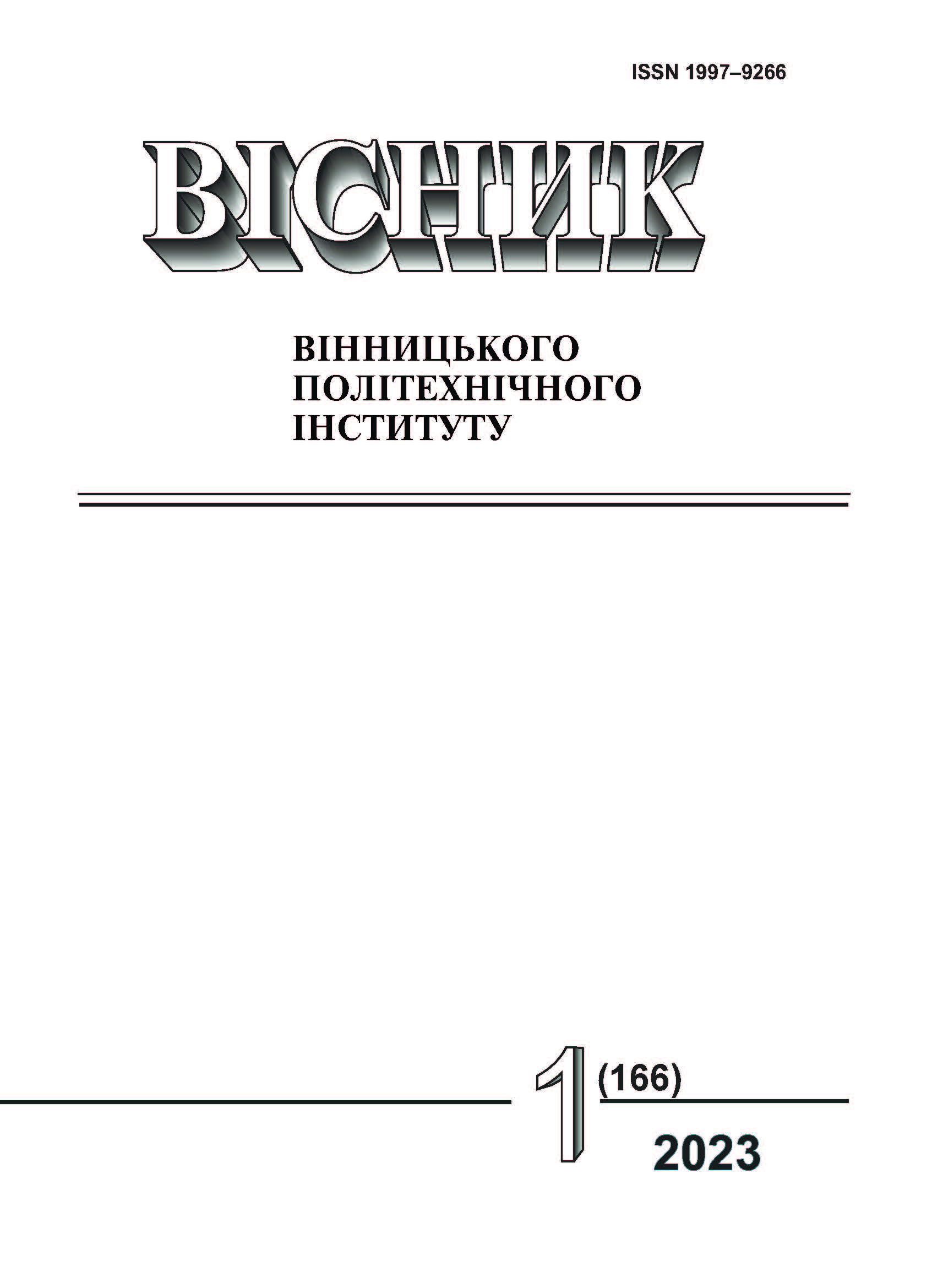Free Convection — Study of the Regular Thermal Mode in Different Layers at the Liquid Height
DOI:
https://doi.org/10.31649/1997-9266-2023-166-1-29-34Keywords:
cooling (heating) rate, regular thermal mode, thermocouple, excess temperatureAbstract
The rate of cooling (heating) of experimental liquids is investigated separately for five thermocouples located at different heights of the experimental probe.
Research is carried out on an experimental stand in the system "environment I — body II", where "environment I" is water, and "body II" is the investigated liquid medium in a thin metal cylindrical shell under conditions of free convection.
The rate of cooling (heating) is studied for test liquids: water, sunflower oil, distilled glycerin.
The analysis of cooling (heating) processes during free convection of non-stationary heat exchange is carried out. This paper presents research carried out on an experimental stand, which consists of an external metal vessel, containing the environment with a temperature of t1, an internal cylindrical metal vessel containing an experimental liquid medium with a temperature of t2. Accordingly, probes with five thermocouples are placed in hot and cold liquids to take temperature values at a fixed time
Non-stationary heat conduction processes occur during heating or cooling of bodies, substances, gaseous media and are accompanied by a change in enthalpy. Non-stationary and stationary processes of body heating due to the internal heat source, the electric heater, are considered in laboratory practice to determine the thermophysical properties of materials, bodies of substances and where cooling occurs due to the surrounding air.
The analysis of the excess temperature, carried out separately for each thermocouple, placed along the height of the cylindrical volume, shows that the linearity of the dependence Ln ϑ = f(τ) is preserved, while the influence of free convection on the value of m is manifested. The value of m depends on the height of the liquid layer in which the temperature is measured.
References
Г. М. Кондратьев, Регулярный тепловой режим. М.: Государственное издательство технико-теоретической литературы, 1954, 408 с.
В. А. Осипова, Экспериментальное исследование процессов теплообмена, М. П. Вукалович, Ред.. М-Л : Энергия, 1964.
В. П. Исаченко, В. А. Осипова, и А. С. Сукомел, Теплопередача, учеб. для вузов, изд. 3-е, перераб. и доп. М.: Энергия, 1975, 488 с.
С. Й. Ткаченко, О. В. Власенко, і В. О. Задоян, «Темп охолодження (нагрівання) соняшникової олії в різних шарах по висоті циліндричного об’єму,» у Тези наук.-техн. конф. підрозділів Вінницького національного технічного університету (НТКП ВНТУ). Факультет будівництва, теплоенергетики та газопостачання, 2021.
С. Й. Ткаченко, і О. В. Власенко, «Темп охолодження (нагрівання) рідинних середовищ з різними значеннями коефіцієнтів теплопровідності і теплоємності,» у Тези наук.-техн. конф. підрозділів Вінницького національного технічного університету (НТКП ВНТУ). Факультет будівництва, теплоенергетики та газопостачання, 2021.
С. Й. Ткаченко, і Н. В. Пішеніна, Нові методи визначення інтенсивності теплообміну в системах переробки органічних відходів, моногр. Вінниця, Україна: ВНТУ, 2017, 148 с.
Downloads
-
PDF (Українська)
Downloads: 74
Published
How to Cite
Issue
Section
License

This work is licensed under a Creative Commons Attribution 4.0 International License.
Authors who publish with this journal agree to the following terms:
- Authors retain copyright and grant the journal right of first publication.
- Authors are able to enter into separate, additional contractual arrangements for the non-exclusive distribution of the journal's published version of the work (e.g., post it to an institutional repository or publish it in a book), with an acknowledgment of its initial publication in this journal.
- Authors are permitted and encouraged to post their work online (e.g., in institutional repositories or on their website) prior to and during the submission process, as it can lead to productive exchanges, as well as earlier and greater citation of published work (See The Effect of Open Access).





